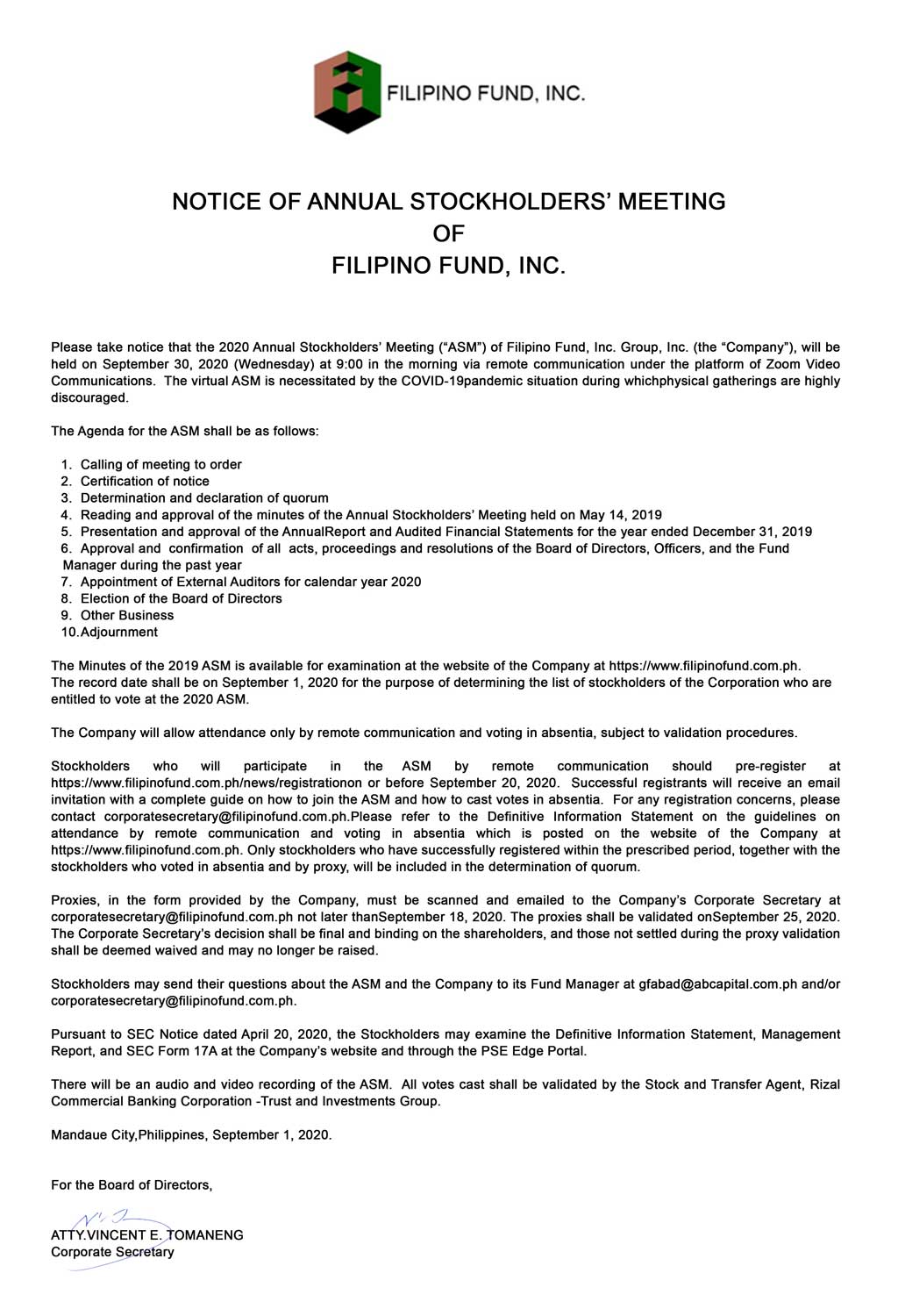By Lourdes O. Pilar, Researcher
MARKET players sold their shares in Manila Electric Co. (Meralco) after the power distributor was fined for failure to inform the consumers that their bills during the lockdown had been estimated.
A total of 1.26 million Meralco shares worth P331.21 million were traded from Sept. 1 to 4, data from the Philippine Stock Exchange (PSE) showed. The local stock market was closed last Monday in observance of the National Heroes’ Day.
Meralco finished at P259.60 apiece last Friday, shedding 3.5% from its Aug. 28 close. Shares in the company have declined by 17.9%, since the start of the year.
“When a company’s ability to legally conduct its business is threatened, you can be sure that it would cause investors to worry,” PNB Securities, Inc. President Manuel Antonio G. Lisbona said in an e-mail.
“Meralco is one of the resilient stocks in the PSE Index since this coronavirus disease 2019 started. Recent news came out that they will be fined for P19 million, but I believe this is just a small amount compared to the amount that Meralco is earning,” Mercantile Securities Corp. Analyst Jeff Radley C. See said in a separate e-mail.
On Aug. 27, the Energy Regulatory Commission (ERC) slapped Meralco a P19-million fine for failing to inform consumers that their bills from March to May at the height of the lockdown had been estimated as well as failing to comply with the order to allow consumers to pay in installments.
The ERC charged Meralco P100,000 for every continuing violation starting May 5, when the former first issued its lockdown billing advisory, up to July 9, when the utility company issued personalized letters to consumers explaining their bills.
President Rodrigo R. Duterte implemented a Luzon-wide lockdown in mid-March to help contain the spread of the coronavirus. The lockdown was extended twice in the island and thrice for Metro Manila. Containment measures have been relaxed in many areas since then.
Meanwhile, Senator Sherwin T. Gatchalian, who heads the Senate energy committee, said in a radio interview on Aug. 30 that electricity providers risk their franchises being reviewed or canceled for violating government billing rules.
The power distributor — which covers Metro Manila as well as cities, municipalities, and barangays of Bulacan, Cavite, Rizal, Batangas, Laguna, Pampanga, and Quezon — holds a 25-year congressional franchise until June 28, 2028.
Meralco’s net earnings attributable to equity holders of the parent fell by a third to P4.23 billion in the second quarter. For the first semester, its attributable net income nearly halved to P6.84 billion from a year ago.
The analysts expect the company’s revenue and net income to remain weak this year amid dampened industrial and commercial electricity demand due to the impact of the lockdowns.
“Investors will be closely watching developments on how Meralco addresses the fees and more importantly, resolving the billing issues that sparked customer complaints in the first place,” Mr. Lisbona said.
He pegged Meralco’s immediate support and resistance levels this week at P255 and P280, respectively, while longer-term support at P250 and resistance at P315.
“Meralco might continue to go down [this week] as it created a lower high at P280.00,” Mr. See said, placing its support level between P255 and P253 as well as resistance level at P268 and P280.
Meralco’s controlling stakeholder, Beacon Electric Asset Holdings, Inc., is partly owned by PLDT Inc. Hastings Holdings, Inc., a unit of PLDT Beneficial Trust Fund subsidiary MediaQuest Holdings, Inc., has an interest in BusinessWorld through the Philippine Star Group, which it controls.




